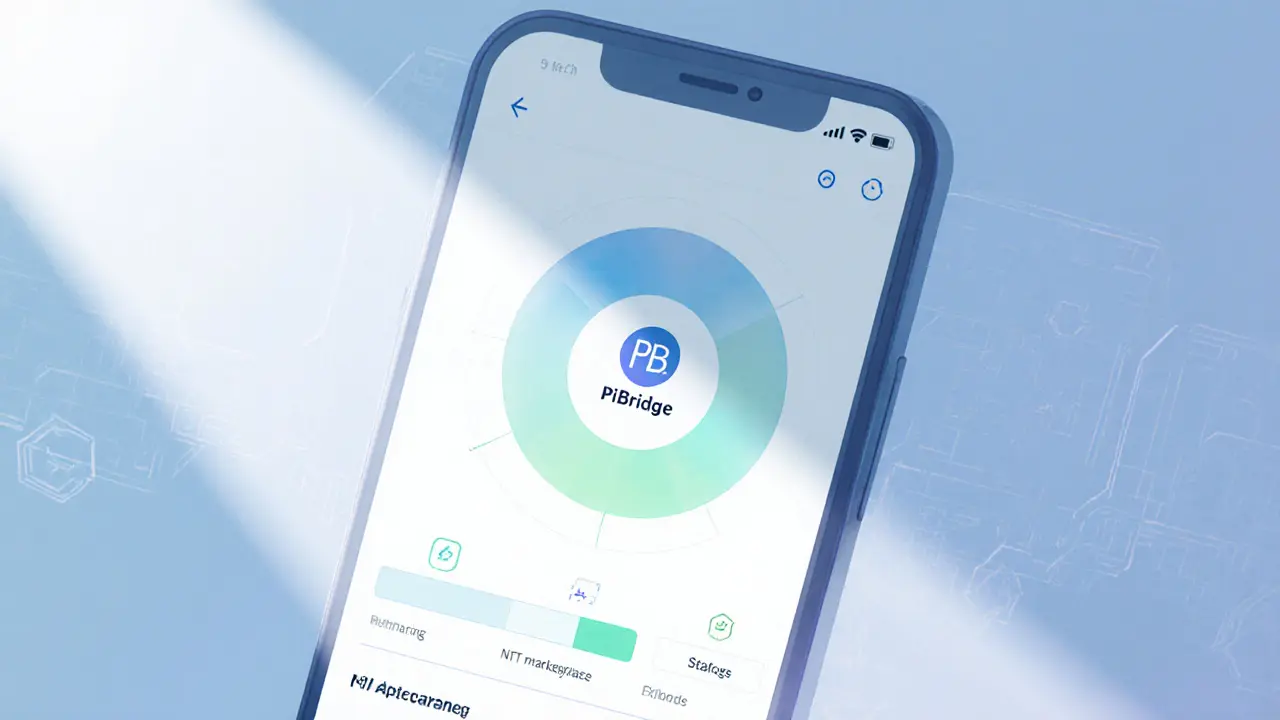Pi Network – Mobile Crypto Explained
When working with Pi Network, a mobile‑first cryptocurrency that lets anyone earn tokens via a phone app. Also known as PiCoin, it aims to bring crypto to everyday users without expensive hardware.
In the broader cryptocurrency, digital assets that use cryptography to secure transactions. Crypto runs on a blockchain, a decentralized ledger that records all transfers transparently. Pi Network builds on this foundation but adds a lightweight layer so phones can participate directly.
Mobile mining, the process of earning crypto by running a lightweight algorithm on a smartphone is the core mechanic of Pi Network. It requires only a daily tap in the app, which checks your phone’s identity and rewards you with tokens. The model enables users to earn without the power costs of traditional mining farms. Many projects also run airdrops, free token distributions to early adopters to boost community growth; Pi Network plans several such events as it moves toward mainnet launch.
Why Pi Network matters
Pi Network encompasses a vision of mass adoption: it lowers the entry barrier, lets anyone join the crypto economy, and creates a peer‑to‑peer payment layer. The platform requires a smartphone, a stable internet connection, and a verified identity, which together form the minimal tech stack for participation. Because it runs on a permission‑less blockchain, Pi Network can interoperate with other crypto services, making cross‑chain swaps possible once the network is live.
The tokenomics of Pi are designed for long‑term stability. The supply curve slows as more users join, preventing sudden inflation. Early users benefit from higher daily earnings, but the system automatically reduces rates to keep the economy balanced. This approach mirrors how traditional blockchains adjust block rewards, yet it does so in a way that suits mobile devices.
Community engagement is another pillar. Pi Network supports a referral system that rewards both the inviter and the invitee, fostering organic growth. The app also features a built‑in wallet, a simple market interface, and educational resources to help newcomers understand crypto basics. This educational angle ties back to the broader cryptocurrency ecosystem, where knowledge gaps often deter participation.
Security remains a top priority. Pi Network uses cryptographic proofs and periodic network audits to guard against Sybil attacks. Users must verify their identity through a KYC process before they can withdraw, ensuring compliance with emerging regulations. This blend of accessibility and compliance positions Pi Network as a bridge between the unbanked and regulated finance.
Looking ahead, Pi Network plans to launch its own decentralized exchange, enabling token swaps without leaving the app. It will also integrate with popular DeFi platforms, letting users lend, borrow, and earn yield on their Pi holdings. These upcoming features create a natural link to topics like DeFi lending, token airdrops, and blockchain bridges that appear across our other guides.
Below you’ll find a curated set of articles that dive deeper into each of these aspects—how to earn Pi on your phone, what the upcoming mainnet means for traders, and step‑by‑step instructions for participating in Pi airdrops. Whether you’re just curious or ready to start mining, the collection offers practical insights to help you get the most out of Pi Network.
PiBridge (PIB) Explained: How the Cross‑Chain Crypto Works
Discover what PiBridge (PIB) is, how its cross‑chain bridge works, tokenomics, key features, price data, and how it compares to other crypto bridges.
VIEW MORE
